Aude Billard - Learning for Adaptive and Reactive Robot Control: A Dynamical Systems Approach (Intelligent Robotics and Autonomous Agents series)
Here you can read online Aude Billard - Learning for Adaptive and Reactive Robot Control: A Dynamical Systems Approach (Intelligent Robotics and Autonomous Agents series) full text of the book (entire story) in english for free. Download pdf and epub, get meaning, cover and reviews about this ebook. year: 2022, publisher: The MIT Press, genre: Home and family. Description of the work, (preface) as well as reviews are available. Best literature library LitArk.com created for fans of good reading and offers a wide selection of genres:
Romance novel
Science fiction
Adventure
Detective
Science
History
Home and family
Prose
Art
Politics
Computer
Non-fiction
Religion
Business
Children
Humor
Choose a favorite category and find really read worthwhile books. Enjoy immersion in the world of imagination, feel the emotions of the characters or learn something new for yourself, make an fascinating discovery.

- Book:Learning for Adaptive and Reactive Robot Control: A Dynamical Systems Approach (Intelligent Robotics and Autonomous Agents series)
- Author:
- Publisher:The MIT Press
- Genre:
- Year:2022
- Rating:3 / 5
- Favourites:Add to favourites
- Your mark:
Learning for Adaptive and Reactive Robot Control: A Dynamical Systems Approach (Intelligent Robotics and Autonomous Agents series): summary, description and annotation
We offer to read an annotation, description, summary or preface (depends on what the author of the book "Learning for Adaptive and Reactive Robot Control: A Dynamical Systems Approach (Intelligent Robotics and Autonomous Agents series)" wrote himself). If you haven't found the necessary information about the book — write in the comments, we will try to find it.
This book presents a wealth of machine learning techniques to make the control of robots more flexible and safe when interacting with humans. It introduces a set of control laws that enable reactivity using dynamical systems, a widely used method for solving motion-planning problems in robotics. These control approaches can replan in milliseconds to adapt to new environmental constraints and offer safe and compliant control of forces in contact. The techniques offer theoretical advantages, including convergence to a goal, non-penetration of obstacles, and passivity. The coverage of learning begins with low-level control parameters and progresses to higher-level competencies composed of combinations of skills.
Learning for Adaptive and Reactive Robot Control is designed for graduate-level courses in robotics, with chapters that proceed from fundamentals to more advanced content. Techniques covered include learning from demonstration, optimization, and reinforcement learning, and using dynamical systems in learning control laws, trajectory planning, and methods for compliant and force control .
Features for teaching in each chapter:
applications, which range from arm manipulators to whole-body control of humanoid robots;
pencil-and-paper and programming exercises;
lecture videos, slides, and MATLAB code examples available on the authors website .
an eTextbook platform website offering protected material[EPS2] for instructors including solutions.
Aude Billard: author's other books
Who wrote Learning for Adaptive and Reactive Robot Control: A Dynamical Systems Approach (Intelligent Robotics and Autonomous Agents series)? Find out the surname, the name of the author of the book and a list of all author's works by series.

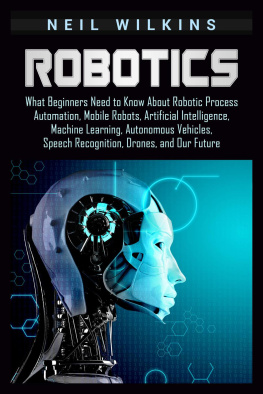
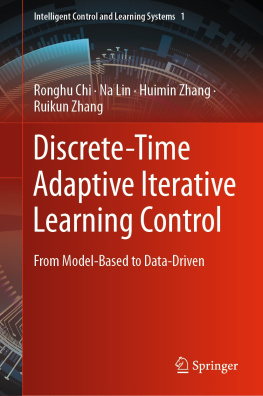
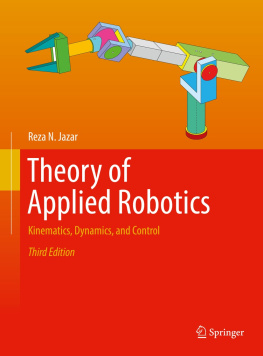
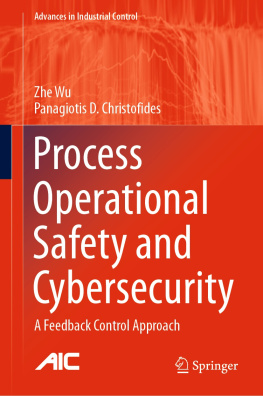
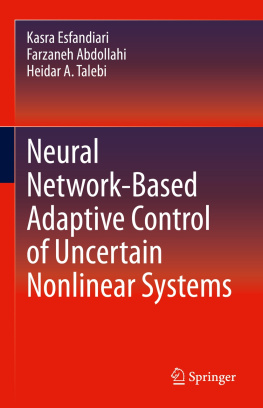

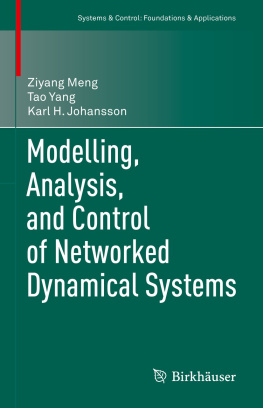

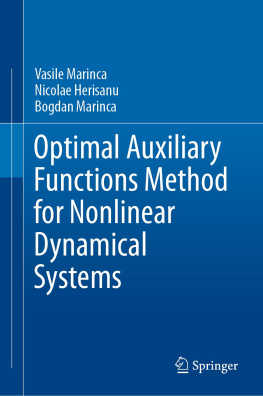
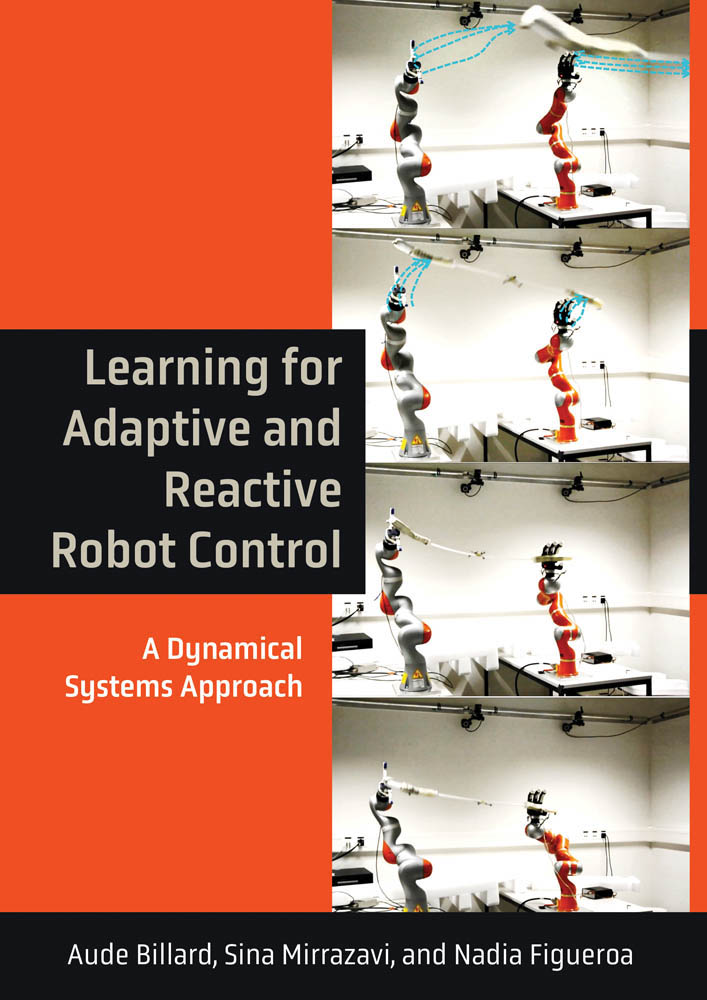

 using machine learning techniques such as support vector regression (top) or neural networks (bottom) ensures a tight fit with the data, but it does not guarantee convergence at the attractor. Training data are illustrated in dark (red) lines. The learned flow is illustrated in grayscale. The pink trajectory illustrates the prediction of the model when starting from one of the training points. In both cases, the trajectory drifts once it reaches the attractor.
using machine learning techniques such as support vector regression (top) or neural networks (bottom) ensures a tight fit with the data, but it does not guarantee convergence at the attractor. Training data are illustrated in dark (red) lines. The learned flow is illustrated in grayscale. The pink trajectory illustrates the prediction of the model when starting from one of the training points. In both cases, the trajectory drifts once it reaches the attractor.